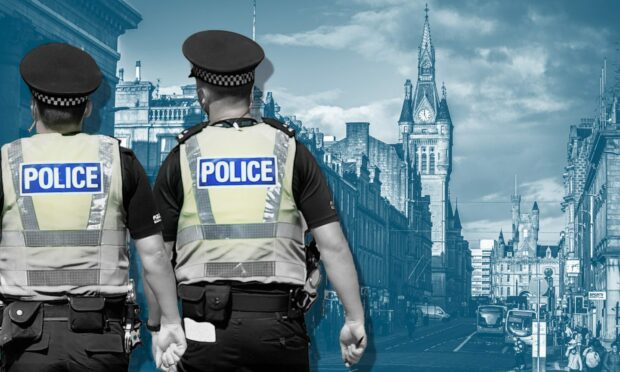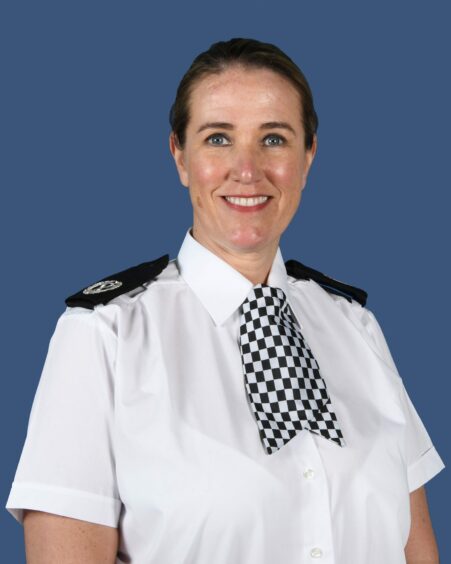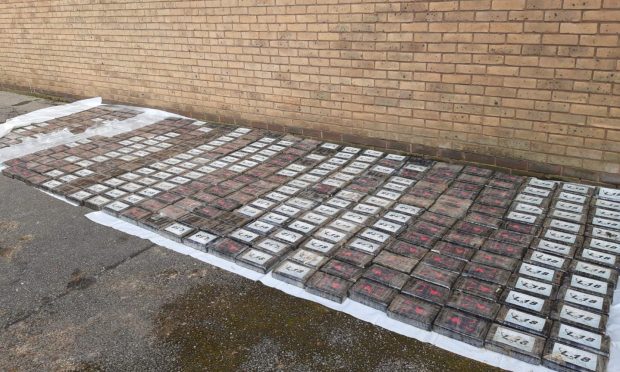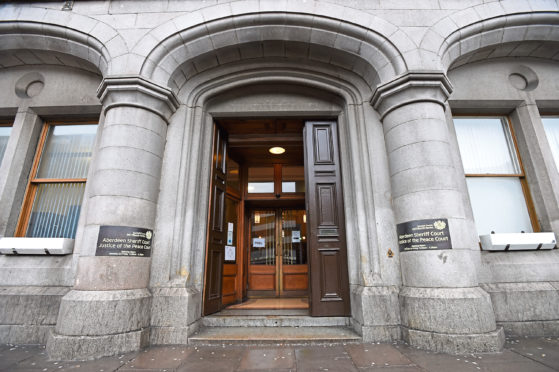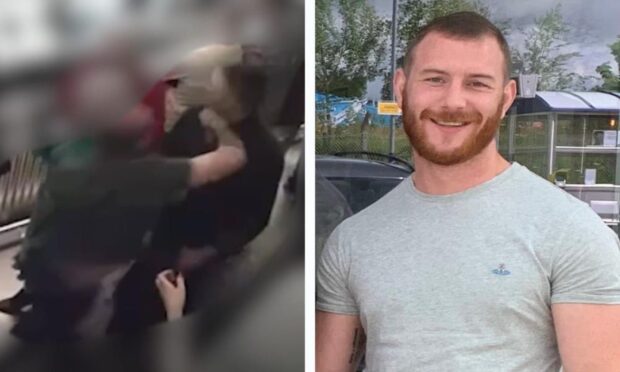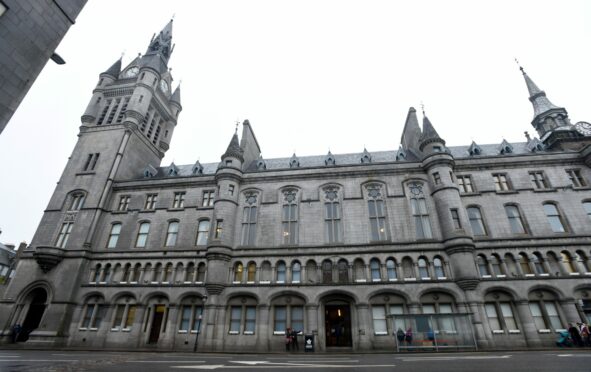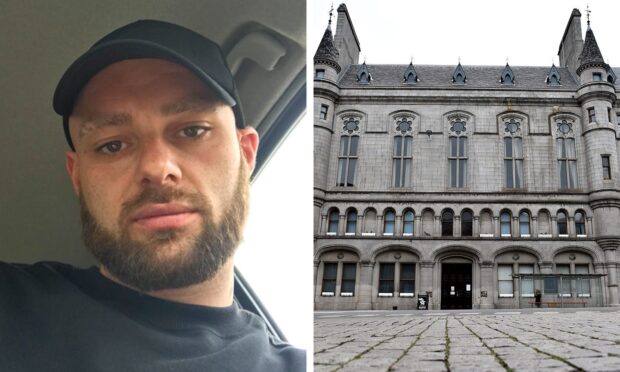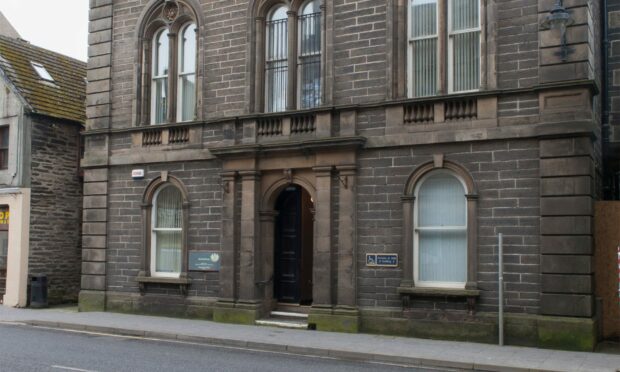A north-east trial to weed out reports of minor crimes that are least likely to be solved and prioritise investigations that are supported by evidence could be rolled out across Scotland.
The ‘Proportionate Response to Crime’ pilot has been tested for 12 weeks across Police Scotland’s A Division, which covers Aberdeen, Aberdeenshire and Moray.
A report that evaluated the pilot’s success and was published today has recommended the national force adopt the approach in phases across the rest of the country.
Police Scotland claimed that 5% of crimes were “recorded and filed for no further enquiry” during the pilot, “freeing up” 2,657 police officer hours.
The decisions were made after assessments that also considered the availability of evidence such as CCTV footage or witnesses and possible “proportionate” lines of enquiry.
Victims of crime to get progress updates ‘more quickly’ instead of waiting days
The new process requires an immediate assessment of each crime report as soon as it’s reported to fast-track a decision on whether any further action should be taken.
It allows officers to “quickly respond to those that are most urgent and to reduce police attendance where this is not required,” Police Scotland has claimed.
Callers have been informed about the progress of their crime reports “more quickly” instead of “waiting days” for officers to make contact about the outcomes.
However, in cases involving vulnerable people, police officers will still attend and the new process will not be applied.
Police officers noticed ‘a positive difference to their workload’
The latest figures from Police Scotland’s “independent User Experience Survey” showed 71 per cent of north-east people who contacted the police agreed they had received an appropriate response, rising from 57% in November 2023.
Before the trial went live, 72% of north-east officers reported regularly being assigned to crime reports with no proportionate lines of enquiry available to them.
But the pilot has concluded that 68% of A Division officers noticed “a positive difference to their workload”, and 56% felt they had more time to investigate crime reports that had a better chance of being solved.
The process was applied to a variety of cases, including:
- A report of damage to a car bumper in a car park where there was no CCTV, no note left, and therefore no proportionate lines of enquiry available to progress it.
- Someone returning home to find two ornaments were missing from her front garden with no further police action because nobody had seen anything and there was no CCTV camera covering her garden.
- A delivery parcel missing from outside a caller’s front door that was allocated to a local officer for enquiry because CCTV cameras covered the main door to the building.
A caller reporting a mobile phone missing from an unattended bag in a public park was, at first, advised that the crime report would be recommended for closure.
There was no CCTV camera covering the area in question and the victim was unable to trace or track their phone as it was turned off.
However, when their phone later appeared to be switched on and provided a live location, the caller again contacted the police and a local officer recovered the device and traced the person responsible.
‘Every crime report is subject to individual assessment’
Assistant Chief Constable Emma Bond insisted that Police Scotland is still “committed to investigating crime”.
She explained: “Taking a proportionate response to crime is not a new concept but we’ve never had a national process or standard across Scotland.
“Every crime report is subject to individual assessment of threat, harm, risk, vulnerability and for proportionate lines of investigation and evidence, and that won’t change.
“If there are no lines of enquiry that can be pursued, then we should be clear about that with the person who has contacted us.
“The public will be informed about the progress of their report more quickly, rather than waiting days for officers to make contact to inform them of the same outcome.
“By taking a proportionate response to crime reporting, we can give officers more time to focus on local policing, keeping people safe from harm, protecting the vulnerable, bringing criminals to justice, solving problems, and reducing offending.
“Please continue to report crime to us. All reports are recorded and – even if they are closed – are passed to our local policing teams to be kept under review and to help build an intelligence picture enabling them to proactively respond to local concerns.
Proposals for a nationwide roll-out of the Proportionate Response to Crime scheme will be discussed by the Scottish Police Authority next Tuesday.
Police in north-east will now let you know sooner if crime you report won’t be investigated
